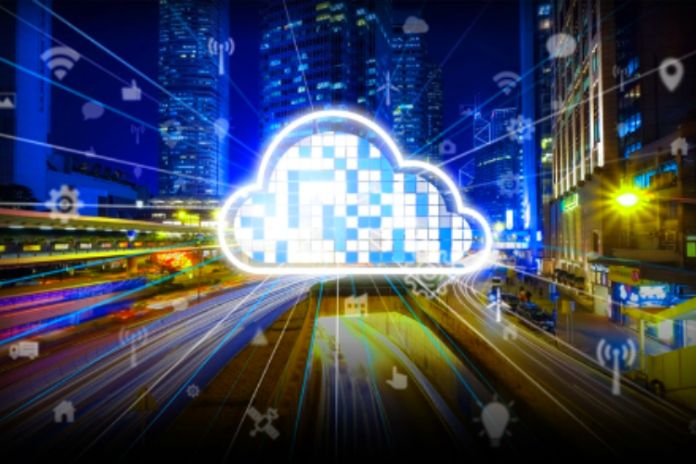Are you ready to live on the edge? That’s what Edge Computing is suggesting to the Information Technology world.
The state of technology is so advanced compared to what it was just half a century ago that it seems engineers have found answers to the most profound challenges presented by nature itself.
The speed of communication is beyond the expression and imagination of humans. However, people who work in IT, networking and cloud computing know there is still a way to go.
Communication Speed Issues
Traditional data center architecture is based on computing centers, where information is sent and received across globally dispersed networks. Here, the greater the distance between the endpoint and the data center, the longer the response time.
In many applications, this incrementally more extended period is irrelevant. However, in many others, it makes all the difference.
Examples? Of course, here are some.
- Virtual reality (VR) and augmented reality (AR) experiences are most satisfying when the computation needed to render the content is performed close enough to AR and VR devices.
- Autonomous vehicles require real-time feedback from external networks to make course corrections and avoid collisions.
- In IoT, many analytic actions must be performed close to the devices that generate the source data.
- High-definition video content, if cached closer to large concentrations of people likely to access it, means providers can avoid enormous transmission costs on networks provisioned by third-party operators.
What Is Edge Computing
Optimizing cloud computing systems is performed by data processing at the network’s edge, close to the data source. This is Edge Computing. It reduces the required communications bandwidth between devices and the central data center, performing analysis and knowledge generation at or near the data source.
Companies can dynamically process and analyze data in real time by bringing this computation closer to the network’s edge. Many healthcare, finance, and telecom industries leverage this near-real-time data analysis. It will be vital in making them make much more informed business decisions.
Why Edge Computing Is The Answer
Well, Edge Computing is about achieving geographic distribution so that computing power can be brought closer to the endpoints that need it most.
So instead of relying on a dozen giant data centers, edge computing allows the cloud to get closer to places/people/devices to reduce response times to a few hundred microseconds.
But why is edge computing so important? Before we answer, here are some statistics:
- By 2020, there are expected to be over 5,600 million intelligent sensors and connected IoT devices worldwide.
- The data generated by these devices will be on the order of 5,000 zettabytes.
- The size of the IoT market is expected to reach $724 billion by the end of 2023.
Most of this data will be generated on corporate endpoints at the “edge,” — such as sensors, machines, smartphones, wearables, etc. We consider them located at the “edge” because they are far from the company’s central data center.
This massive data cannot simply be transmitted to the central server because it can easily overwhelm the entire network. This requires companies to implement Edge Computing so that data does not have to be transported to corporate data centers.
Instead, they are used for advanced operational analytics at remote sites, allowing site managers and individuals to act in real time on available information.
Edge Philosophy?
Any technology that can help resolve latency issues can also help with bandwidth issues. Companies understand that they cannot stress their bandwidth. Especially in win-win use cases to perform calculations near endpoints rather than on the central server.
Tech giants—Apple, Google, Amazon, and others—seem to focus on running AI on end-user devices rather than in the cloud. Rumor has it that Amazon is working on creating Artificial Intelligence chips that will be integrated into Echo devices. This will reduce your dependence on the cloud and provide faster voice search results.
Google is trying hard to improve websites using the same principles as edge computing. Progressive web apps are a good example, with offline functionality. Google Clips is another example where the data is kept local, and the AI arrives on your device, rather than the information has to go to a server where the AI magic takes place.

